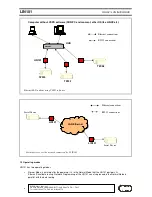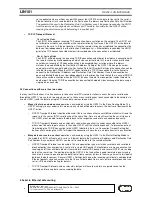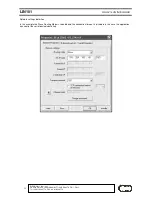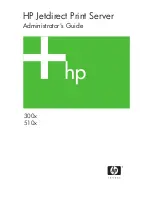
LIN101
RS232 / LAN INTERFACE
ELPRO Video Labs s.r.l.
Via della Praia 4/a FERRIERA di BUTTIGLIERA ALTA (TO) - ITALY
Tel. +39 0119348778 - FAX +39 0119348779
10
As a result the very first byte received into the serial port is regarded as a beginning of the serial data block that never
ends. Once there amount of data in the serial -> Ethernet buffer reaches the limit or there is a gap in the serial
transmission the LIN101 combines all serial data it has already received and sends it out.
Practice shows that this arrangement works very well not only for a random data flow but also for
structured data.
4.5 Buffer-related issues
When using the LIN101 be careful not to overflow its internal Ethernet -> serial and serial -> Ethernet buffers. The
overflow can occur because of the difference in receive/transmission speeds on the Ethernet and the serial sides of the
LIN101 (Red Status LED blinks momentarily when overflow happens). In addition, the internal receiving buffer of the host
serial device can potentially overflow if the LIN101 outputs the serial data too fast.
•
Ethernet -> Serial buffer
o
UDP/IP Transport Protocol. The Ethernet -> serial buffer can easily overflow because the Ethernet is much
faster than the serial port and UDP/IP has no inbuilt protection against buffer overflows. UDP/IP should not
be used to send continuous data flow and is only suitable for sending short data blocks that can fit in the
buffer.
o
TCP/IP Transport Protocol has an inbuilt protection from buffer overflowing. You can safely send the data of
any size.
•
Serial -> Ethernet buffer
the only way to protect the buffer is to enable the RTS/CTS Flow Control in the LIN101 and on the host serial
device. This way the LIN101 will be able to signal the host serial device to stop transmitting the data once the
buffer becomes full.
•
Internal receiving buffer of the host serial device.
this buffer can also be protected by using the RTS/CTS to regulate the exchange of data between the LIN101
and the serial device.
Note: using TCP/IP and RTS/CTS is the most reliable way of transmitting data through the LIN101





































